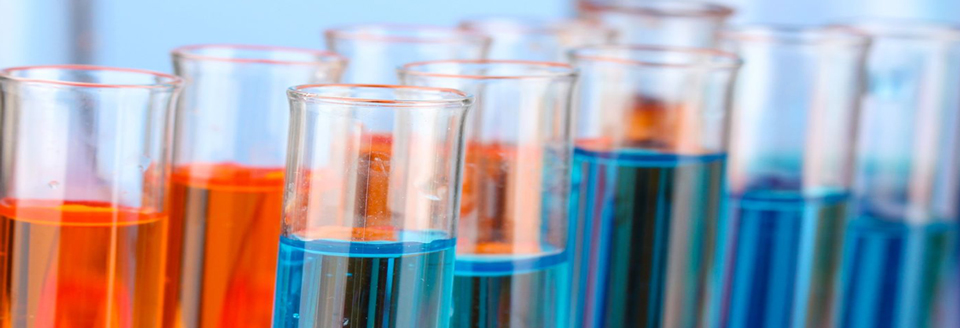Small Molecule
Elemental analyses of small molecule pharmaceuticals pose special challenges in accordance with the business cycle of the investigation. Investigations associated with final drug products tend to be more straightforward than those involved with R&D due to the reduction in variables. Regardless of the project stage, scientists at Brooks Applied Labs have experience with your concerns allowing us to produce high quality analytical results the industry relies upon.
Catalysts used for chemical syntheses have different chemical properties than most of the transition metals necessitating a greater focus on science. Furthermore, the chemical and thermal demands for cleaving hydrocarbon bonds while stabilizing target elements must be taken into consideration for normalizing the hydrocarbon input into analytical systems using inductively coupled plasma technologies as well as mitigating analyte loss in analytical components.

My synthesis reaction only generates milligrams of material before the blow-down procedure. How can I achieve quantitative results with such a low mass?
The concept of limited mass often confounds research scientists when performing viability tests on resins for catalyst recovery. By using the appropriate sampling vessels and experimental techniques the issue of mass limitations can typically be overcome. Each experiment has its own set of variables and limitations which is why collaborating with Brooks Applied Labs, before project inception, is important. In certain instances, mass limitations cannot be overcome limiting a comparative evaluation to an absolute mass basis for target analytes.
At Brooks Applied Labs we understand that time is of the essence. At the onset of each project our specialists discuss your data objectives and expectations to ensure your projects are delivered to your satisfaction.
The reactivity of certain resins when exposed to strong acids and heat must be understood to safely handle and prepare materials prior to analyses. The safety of our personnel is of the utmost importance when supporting capacitance investigations for resin materials. Through our experience and knowledge, scientists at Brooks Applied Labs have developed scientific approaches to both maximize our safety as well as to produce analytical results to meet your data objectives.

Halogens (Cl, Br, I, S, and P) can play a key role in your processes, whether they are present in your raw materials, intermediates, active pharmaceutical ingredient (API), or final drug product. Brooks Applied Labs has supported both elemental quantitation of halogens as well as molecular analyses using advanced techniques such as ion chromatography in-line ultra violet/visible spectrophotometry inductively coupled plasma dynamic reaction cell mass spectrometry (IC-UV/Vis-ICP-DRC-MS). This is another example of how our scientific acumen is put to the test to meet our client’s data objectives.
Whether your project involves investigation of elemental impurities or is driven by development and processes, contact Brooks Applied Labs today to experience the difference in CROs.

